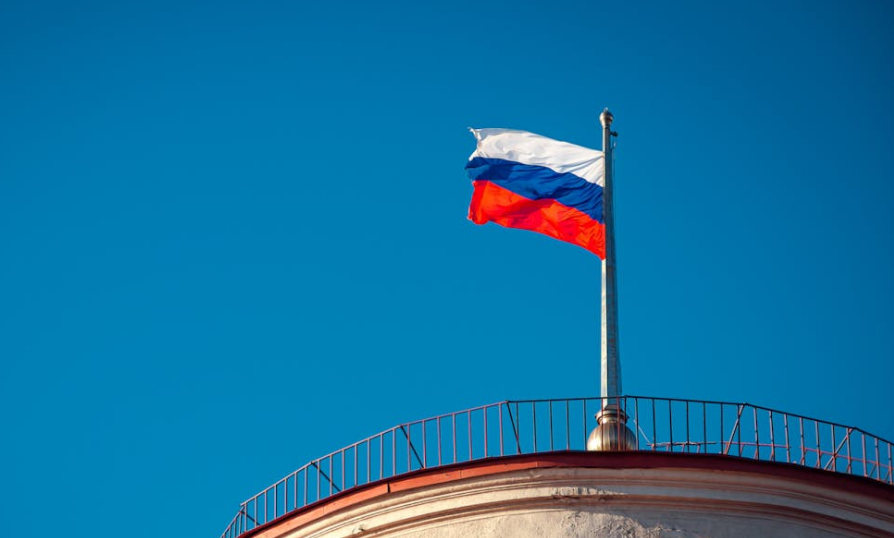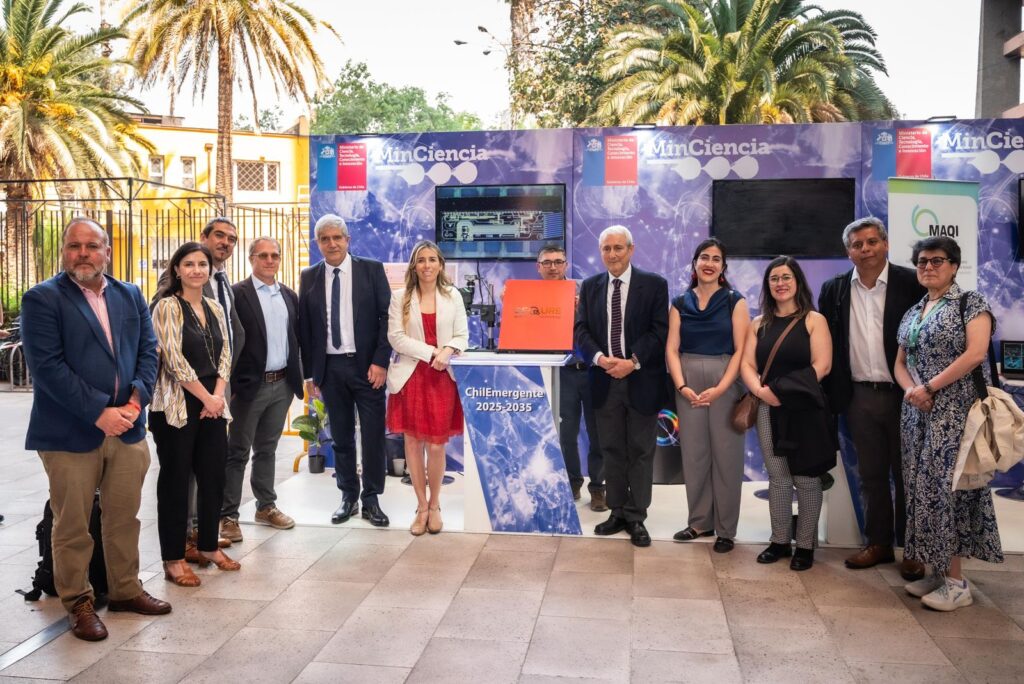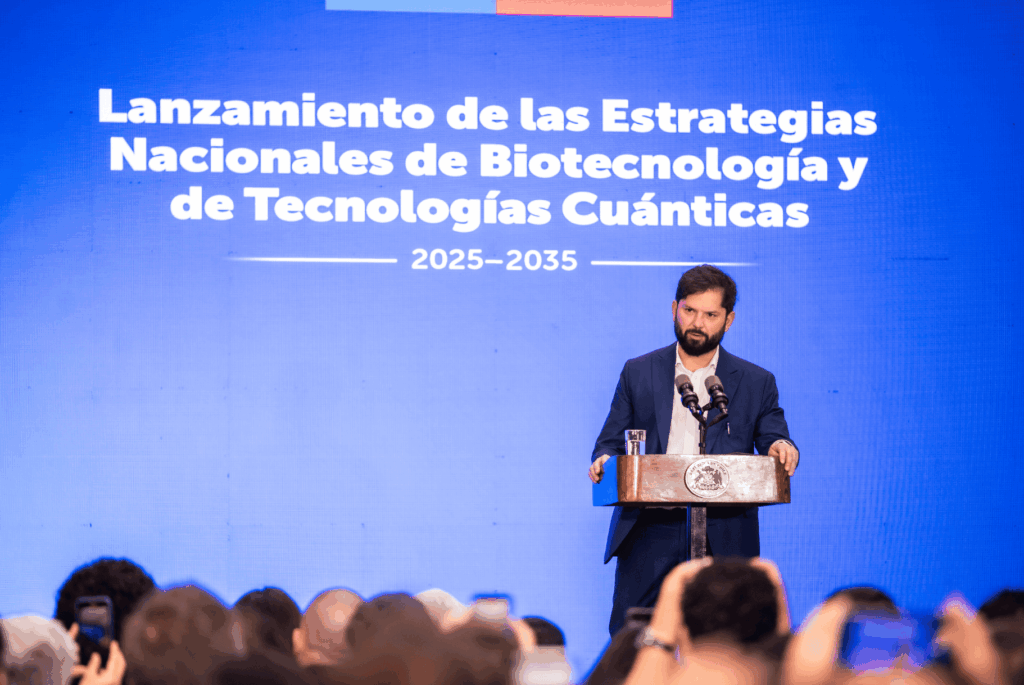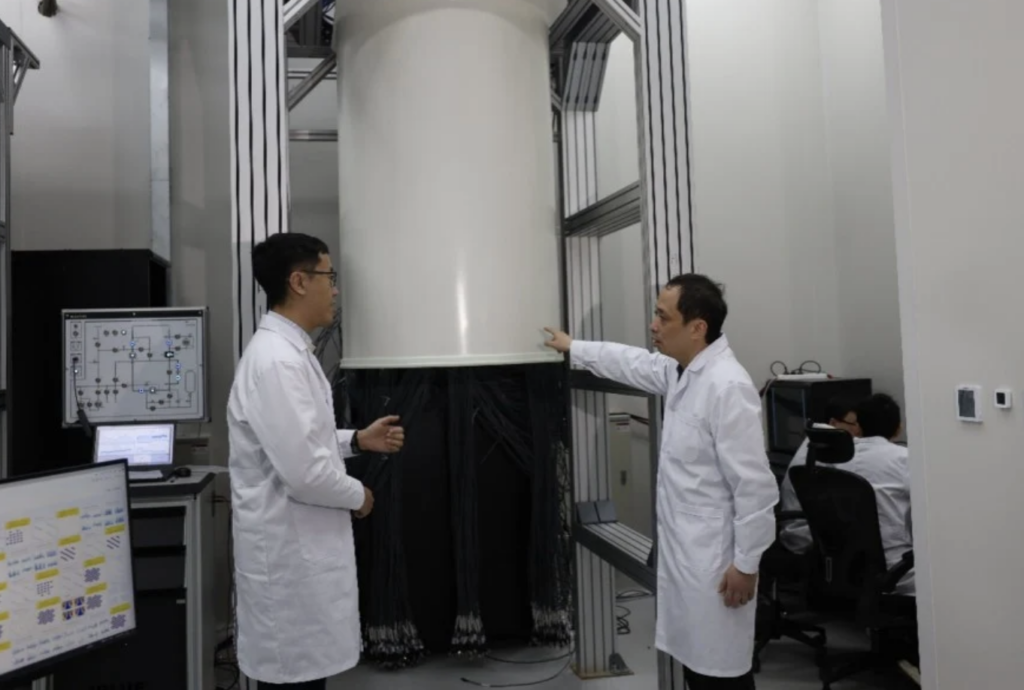Insider Brief
- Researchers at the University of Science and Technology of China demonstrated a Schrödinger-cat state with a record 1,400-second coherence time, advancing quantum metrology precision.
- By isolating ytterbium-173 atoms in a decoherence-free subspace, the study achieved stable superpositions, allowing near-Heisenberg-limit sensitivity in magnetic field measurements.
- This work opens possibilities for ultra-sensitive quantum sensors, though complex setup requirements limit immediate practical applications outside laboratory conditions.
A recent study published on the preprint site ArXiv has demonstrated a Schrödinger-cat state — a type of nonclassical quantum state — with an unusually long coherence time of 1,400 seconds. That’s about 23 minutes and 20 seconds, or about the duration of your favorite television sitcom without commercials.
Researchers at the University of Science and Technology of China achieved this significant duration by manipulating atoms of ytterbium-173 to create a stable superposition of spin states, effectively making strides in quantum metrology, a field focused on enhancing measurement precision through quantum mechanics. This coherence time, the longest of its kind reported, marks an essential step toward more precise quantum-based measurements.
Quantum Metrology and Long-Lived Cat States
Quantum metrology relies on nonclassical states, such as Schrödinger-cat superpositions, to improve measurement sensitivity beyond conventional limits. Schrödinger-cat states refer to quantum superpositions that mimic the famous thought experiment where a particle exists in multiple states simultaneously. Here, the researchers generated a cat state involving two opposite spin orientations in ytterbium atoms. Such states are notoriously difficult to maintain due to environmental factors that disrupt coherence, or the persistence of the quantum superposition. Maintaining coherence over a longer period allows measurements to benefit from a “quantum advantage,” enabling precision well below the standard quantum limit.

The 1,400-second coherence duration is impressive given that typical cat states have much shorter lifespans due to their sensitivity to environmental noise. To achieve this, the research team isolated the state in a “decoherence-free subspace” within an optical lattice — a framework, which will be discussed more later, that minimized interference and protected the atoms from external perturbations.
Ultimately, the researchers see this as a gradual but measurable path toward operational quantum metrology systems, with applications ranging from precision measurements in scientific research to potentially transformative tools in industrial fields requiring high sensitivity.
Isolation and Protection in a Decoherence-Free Space
The researchers employed a method that stabilizes the ytterbium atoms using what’s known as a “magic wavelength” within an optical lattice, a controlled environment created by intersecting laser beams. This technique neutralizes shifts in the atoms’ energy levels caused by variations in light intensity, a common source of decoherence in optical trapping setups.
The team’s setup relies on ytterbium-173, a type of atom with high spin, which is known to exhibit strong quantum coherence. The atoms are prepared into a cat state, superimposing two opposite spin states, and are manipulated by a process known as nonlinear spin rotation. This rotation generates the required superposition, while the decoherence-free subspace effectively isolates the state from the most common disruptions associated with light variations.
By using a Ramsey interferometric technique—a method involving a two-step sequence to measure shifts in phase—the researchers demonstrated that the cat state was stable for measurements. This setup enabled a sensitivity close to the Heisenberg limit, the theoretical maximum sensitivity for quantum measurements.
Quantum Sensors And Quantum Navigation?
The ability to maintain a Schrödinger-cat state with long coherence could enable several applications, including highly precise measurements of magnetic fields. This reported 1,400 second coherence time suggests that quantum metrology could be applied to areas where ultra-sensitive measurements are critical, such as in the search for new physical phenomena, highly precise atomic clocks, and advanced sensing devices.
Additionally, the research indicates that long-lived cat states could pave the way for practical quantum-enhanced sensors. For instance, the demonstrated stability in the ytterbium-173 setup holds promise for use in magnetic field detection, potentially advancing technologies in quantum navigation and medical imaging, where sensitivity is paramount.
Limitations
Despite its promise, the study also has limitations. The experimental setup, while capable of isolating the cat state for long durations, is complex and challenging to scale. Achieving the decoherence-free subspace requires precise alignment and specific conditions, limiting the method’s immediate applicability to more compact or variable environments. Also, it’s important to note that while the coherence time is long, sustaining the same stability outside a laboratory setting might remain a challenge due to unpredictable environmental factors.
Another limitation lies in the reliance on ytterbium-173 atoms, which are ideal for this particular experiment but may not be compatible with all quantum metrology applications, especially those requiring integration with other atomic or molecular systems.
Future Directions
The study lays the groundwork for further research into quantum-enhanced measurements, particularly for applications that could benefit from long-lived coherence in noisy environments. Future work may focus on extending the coherence time further or refining the decoherence-free subspace technique for broader applications. The researchers also suggest that improvements in vacuum technology, which would reduce atom collisions and other sources of noise, could further lengthen coherence times.
Additionally, researchers are interested in expanding these techniques to multi-particle systems, potentially combining individual cat states with entangled states to enhance sensitivity even further. Such configurations could multiply the measurement precision for applications that rely on detecting extremely weak fields or forces, such as those used in gravitational wave detection and particle physics experiments seeking physics beyond the Standard Model.
The study is quite technical, so for a deeper dive into aspects of the study that this story may not be able to provide, please read the paper on ArXiv. It’s important to remember that this is a pre-print server, which means it has not officially been peer reviewed.
The study was conducted by researchers Yaoyun Yang, Wei-Ting Luo, Jian-Long Zhang, Shu-Zhou Wang, Chang-Ling Zou, Tong Xia, and Zong-Tao Lu from the University of Science and Technology of China.


















